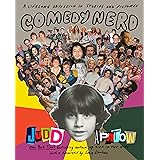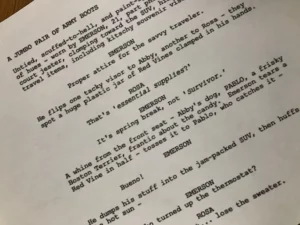“Unlocking the Art of Revision: Discover the Layered Secrets That Transform Your Writing!”
Revising a piece of writing can feel like wrestling with an octopus—just when you think you’ve got a grip on one arm, another slips away! It’s definitely not the most glamorous part of the writing process, but trust me, it’s where the magic happens. In this article, we’ll delve into the nitty-gritty of how to transform that first draft into something truly dazzling. Whether you’re looking to improve organization, enhance clarity, or just regain a little sanity amidst the chaos of red ink, breaking the revision process into manageable chunks can make all the difference. So grab your favorite writing tool and let’s unpack the layers of effective revising together! Don’t worry; it’s easier than it sounds. LEARN MORE.
Writing 101
Revising can seem intimidating, but it becomes manageable when broken into smaller chunks.
My students recently received their first papers back, and many immediately asked if they could redo them for a better grade. Before I explain that process to them, I break down what the whole group needs to work on. “Reread your work” is at the top of that list (which I, of course, talked about before the due date).
But rereading isn’t enough. Revising is one of those steps that can make a mediocre piece something amazing. By rereading and reworking your writing, you can enhance initial ideas and increase clarity for your readers.
But just telling my students they need to read my comments and then revise their papers doesn’t provide enough direction. So, we break things up into layers that they can use depending on what areas they need to focus on.
I use big-picture, mid-view, and sentence-level layers to help students understand what they may need to look for. Each of these levels focuses on different things, but there are two main things that I tell students to consider when revising: organization and clarity.

















